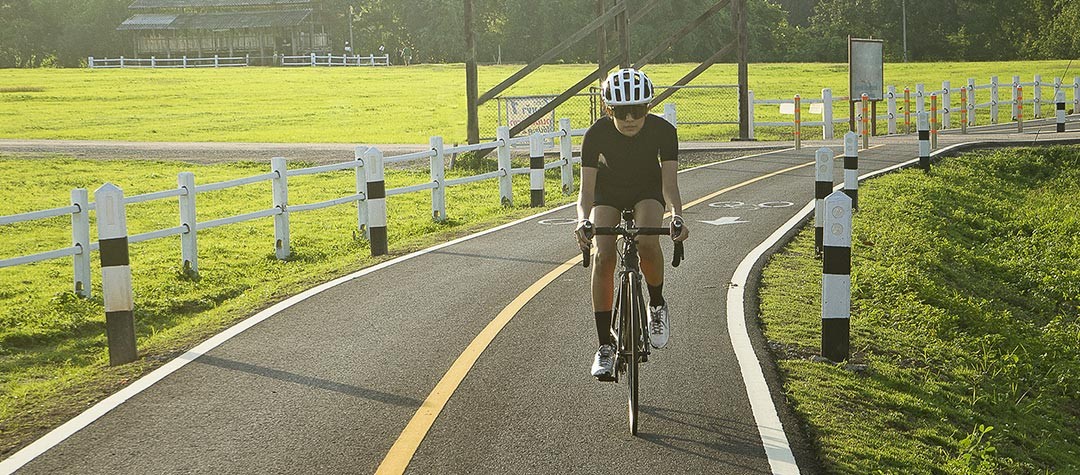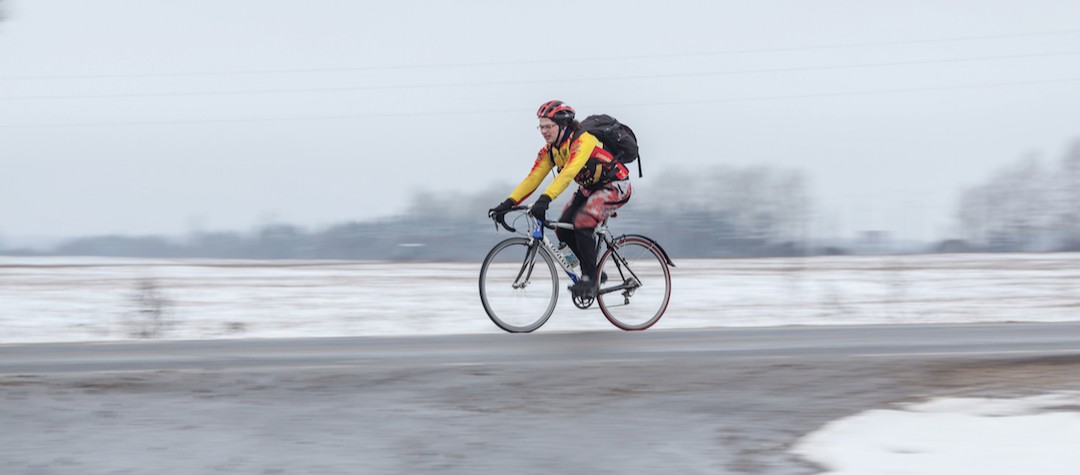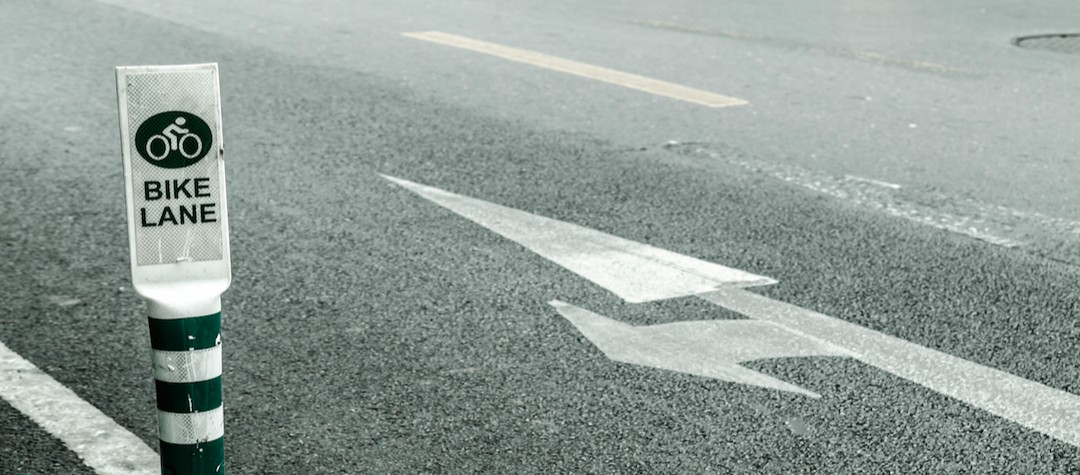If fresh air, amazing views and a spot of adrenaline is your thing, then mountain biking is the sport you’ve been looking for. Getting off the beaten track is not only an excellent way to keep fit, it’s also a lot of fun.
But before saddling up on your bike, there’s a few things that the mountain biking beginner needs to know.
Choosing a mountain bike
Picking the right bike is essential if you want to have success on your mountain biking expeditions. You’ll be spending many hours in the saddle so it’s important you’re comfortable on your ride. We recommend spending a few sessions on the road with your new bike to get used to the ride and feel. Make sure your saddle is at a height you’re comfortable with, and you get used to shifting up and down the gears (you’ll be doing this a lot when you’re on the trails).
One thing a lot of new riders have trouble with are the brakes on a mountain bike. They’re usually extremely sensitive compared to your average bike (especially given that they are usually disc brakes on most mountain bikes), and unless you fancy a flying visit over your handlebars we suggest you resist pulling down too hard on the brake levers. Instead you should pulse the brakes lightly, this will give you more control, particularly on fast downhill routes.
Mountain biking accessories
Other than your bike there’s a few bits of kit you really can’t live without when you’re out on a ride. If you don’t buy anything else, make sure you invest in a helmet. There are a lot of options when you’re shopping for your first helmet, but we’d recommend you go with a full face helmet.
It may cost more than your average piece of head protection, but trust us, when you take your inevitable first tumble you’ll be glad you made the extra investment. If you’re not feeling confident after your first ride, we’d also suggest buying some knee and elbow pads for extra protection, after all when you’re hurtling down a dirt track you can never be too careful.
Another must-buy is a some basic tools and a puncture repair kit. Suffering a puncture when you’re up a mountain miles from home is pretty deflating and we hope you rarely have to go through it. But if you do, you’ll be glad you’ve got your little box of tricks to save the day.
Avoid the need for repairing punctures while out on the ride and carry a spare tube or two instead.
When you’re buying your kit make sure it includes at a minimum, some tyre levers, patches, glue and you’ll also need to buy a pump or even a CO2 inflator. Alternatively, avoid the need for repairing punctures while out on the ride and carry a spare tube or two instead. You can always repair the tubes when you get home.
Ascending and descending on a mountain bike
These are often aspects of a ride that new riders struggle with the most. While you probably won’t come across any technical ascents on your first few rides, it’s always better to be prepared.
The key to nailing a tricky ascent is to keep your pedal rate high and steady. This is where your practice sessions of shifting up and down the gears really pays dividends. Also make sure you lean forward, this pushes your front tyre into the ground, giving you more stability and it will also reduce the amount your front tyre hops as you cycle over rocks or holes.
When it comes to descents you need to do the opposite. Make sure you lower your hips and keep your bottom hovering just above the saddle, this will give you a stable riding position and help you avoid any unwanted faceplants. Be sure to practice this technique on some gentle descents before progressing to more challenging ones.
The riding company you keep
For the first few rides you should make sure you head out with some other experienced riders. Not only will this help you stay safe, but it’ll also help you progress.
Take the chance to see how they ride, look out for their riding position, the kit they use and how they manage their ride across different terrains and obstacles. This will stand you in good stead as you become more adventurous on the trails.
Overcoming the fear factor
One thing that many riders experience, even the most experienced ones, is the fear of falling. Even the best riders in the world still fall, it’s the risk that comes with the reward of the adrenaline rush you get from going downhill.
Even the best riders in the world still fall, it’s the risk that comes with the reward of the adrenaline rush you get from going downhill.
Our final tip is to embrace your fear. Nearly all riders get nervous when they take on their first downhill section, but if you take it easy and keep pulsing those brakes, your falls will have more of a comedic value than instil fear. The key is to stay loose and relaxed and let your bike move naturally while you ride. But most of all, just remember to have fun!














